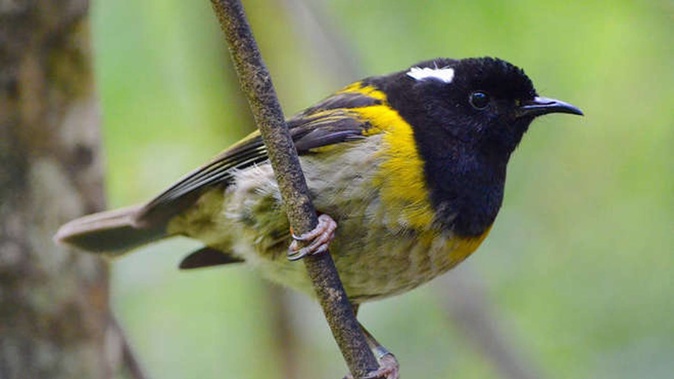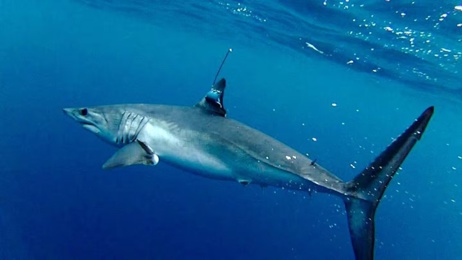
The charismatic and endangered hihi (stitchbird) is officially "one of the unluckier species", an international study examining the pace of evolution in wild animals has found.
But the Department of Conservation's plan to save the threatened species should see the hihi here for a long time to come yet.
The hihi once frequented the entire North Island and was present on Great Barrier, Little Barrier (Hauturu) and Kāpiti. But the species became extinct on the mainland in 1883 and only seven exist today on Little Barrier.
A global study exploring rates of evolution in 15 species showed that evolutionary changes can occur within just a few years.
Advances in genetics and statistics have allowed scientists to detect genetic changes more easily. These new statistical methods were applied to data from 19 populations of wild animals around the world, including superb fairy-wrens in Australia, spotted hyenas in Tanzania, song sparrows in Canada and red deer in Scotland.
The research showed that the majority of the 19 wild animal populations were able to adapt rapidly.
/cloudfront-ap-southeast-2.images.arcpublishing.com/nzme/3KXGJLEFJFSG5FN4WAFNYKAB74.jpg)
Hihi chick on Tiritiri Matangi. Photo / NZME
The study, just published in the journal Science, was led by Australian National University's Dr Timothée Bonnet and Dr Anna Santure, with Waipapa Taumata Rau – University of Auckland University, a co-author.
"Hihi are one of the unluckier species, with a lower capacity to adapt," said Dr Santure.
"However, this research suggests that many species can adapt quickly, provided they're not totally outpaced by habitat loss and climate change."
Thirty-one years and 90,000 hours of fieldwork contributed to the data examined from the hihi populations of Tiritiri Matangi island and at Zealandia Sanctuary. These intensely studied hihi provided breeding and survival data for every bird.
Dr John Ewen, co-chair of the Hihi Recovery Group, acknowledged that "this study is critically important".
"Our precious hihi contrast with other species investigated by having more limited capacity to adapt, but this also highlights how our efforts to help them are working in spite of this," Ewen said.
Conservation work over the past 30 years has led to the growth of hihi from a single population to seven.
"We continue to invest heavily in studying each population and apply this knowledge to continuously improve our conservation work. Along the way we also shed light on perhaps the most charismatic of New Zealand's forest birds, a species critical to forest health and one that needs our help to continue its recovery as this study reveals," Ewen said.
- Eva Wilson, Te Rito Cadet
Take your Radio, Podcasts and Music with you









